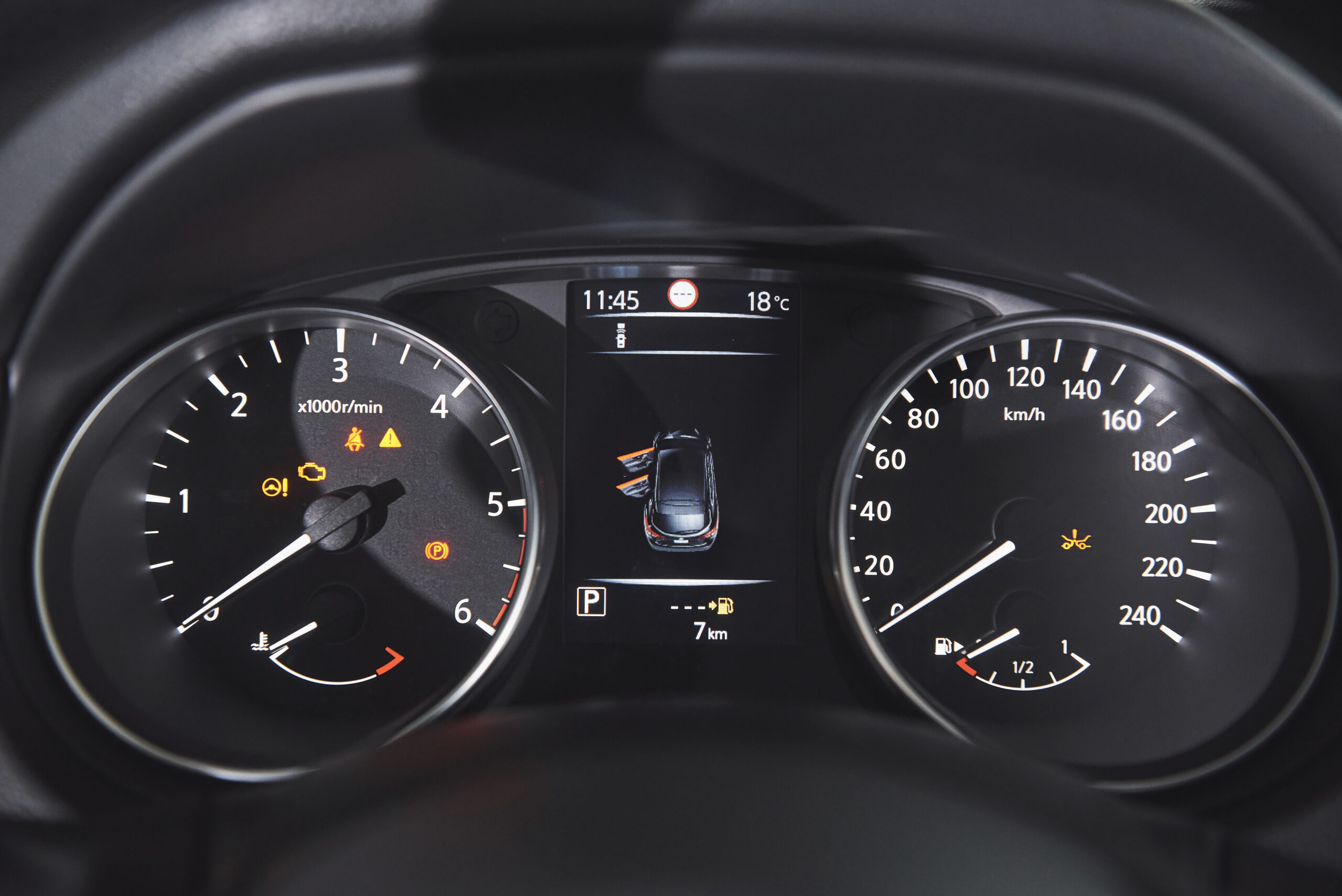Electronic Stability Program (ESP) has become a standard safety feature in modern vehicles, providing enhanced control and stability during challenging driving conditions. The ESP system utilizes various sensors and electronic controls to monitor the vehicle’s dynamics and intervene when a loss of stability is detected. However, when an issue arises within the ESP system, a warning light on the dashboard illuminates. In this article, we will explore the significance of ESP warning lights, common causes behind their activation, and steps for diagnosis and resolution.
Understanding Electronic Stability Program: The Electronic Stability Program, also known as Electronic Stability Control (ESC), is a safety feature designed to improve a vehicle’s stability and prevent loss of control. It uses sensors to monitor factors such as wheel speed, steering angle, lateral acceleration, and yaw rate. If the system detects a deviation from the driver’s intended path, it selectively applies the brakes to specific wheels and adjusts engine torque to help bring the vehicle back on track.
Common Causes of ESP Warning Lights: Several factors can trigger the activation of the ESP warning light:
- Sensor Malfunction: The ESP system relies on various sensors to gather data about the vehicle’s dynamics. A malfunctioning sensor, such as a faulty wheel speed sensor or steering angle sensor, can cause the ESP warning light to illuminate.
- Faulty ABS System: The Anti-lock Braking System (ABS) and ESP systems often work in conjunction with each other. If there is a problem with the ABS system, it can affect the ESP functionality, leading to the activation of the warning light.
- Wheel Speed Discrepancy: The ESP system compares the speed of each wheel to detect any discrepancies. If one or more wheels are spinning at a significantly different speed than the others, it may trigger the ESP warning light.
- Faulty Wiring or Connections: Loose connections, damaged wiring, or corroded terminals within the ESP system can disrupt the communication between the sensors, control module, and actuators, resulting in warning light activation.
- Software or Control Module Issues: The control module responsible for the ESP system’s operation can encounter software glitches or malfunctions, leading to erroneous warning light activation.
Diagnosis and Fixes for ESP Warning Lights:
- Restart the Vehicle: Sometimes, the ESP warning light may activate due to a temporary glitch. Turn off the engine, remove the keys from the ignition, and wait for a minute or two. Restart the vehicle and check if the warning light persists.
- Check for Obvious Issues: Inspect the wheel speed sensors, steering angle sensor, and ABS system components for any visible damage or loose connections. Clean any dirt or debris that may be obstructing the sensors.
- Scan for Error Codes: Using an onboard diagnostic (OBD) scanner, retrieve the error codes stored in the vehicle’s computer system. These codes provide valuable information about the specific issue affecting the ESP system. Refer to the vehicle’s manual or seek professional assistance to interpret the error codes accurately.
- Professional Inspection: If the cause of the ESP warning light remains unclear or if you are uncomfortable performing further diagnosis and repairs, it is advisable to seek the assistance of a qualified mechanic or dealership. They have the necessary tools, expertise, and access to specialized diagnostic equipment to diagnose and resolve complex ESP system issues.
- Regular Maintenance: Follow the manufacturer’s recommended maintenance schedule for your vehicle. Regular inspections and servicing can help identify potential issues early on and prevent warning light activation. Ensure that the ABS system is also properly maintained, as it can affect the functionality of the ESP system.
Electronic stability program warning lights should never be ignored, as they indicate potential issues with the vehicle’s stability control system. By following the diagnostic and troubleshooting steps outlined in this article and seeking professional assistance when needed, you can identify and resolve the underlying causes of ESP warning light activation. Proper maintenance and timely repairs will ensure the optimal functionality of your vehicle’s electronic stability program, enhancing safety and control during your driving experience.











